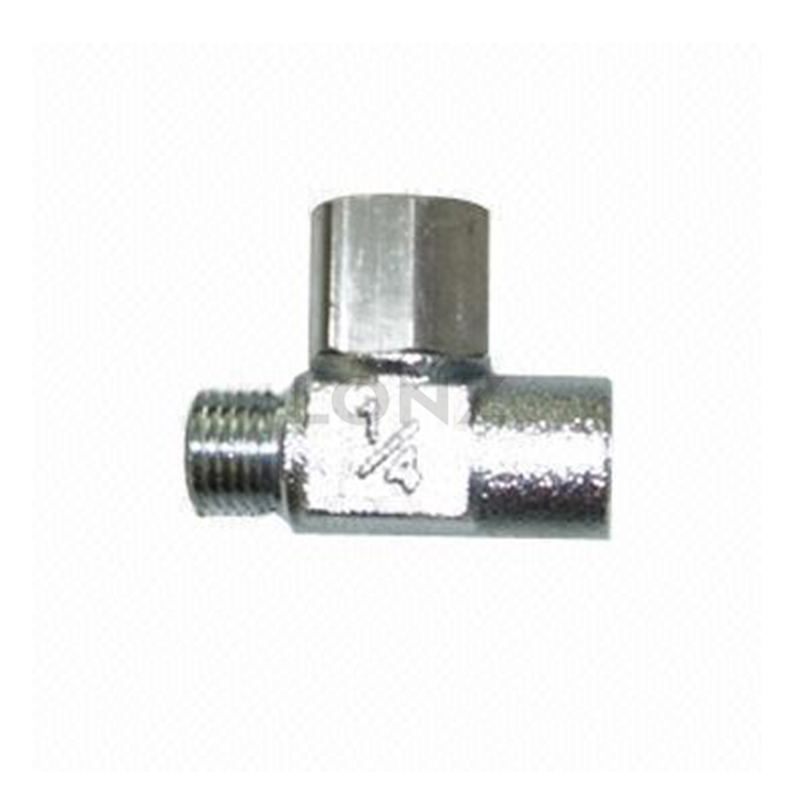Classification and characteristics of steam traps
Steam trap is an important piece of equipment used in steam systems. Its main function is to remove condensate generated in steam pipes to maintain the normal operation of the steam system. Steam traps realize automatic discharge and recovery of different components by detecting liquids and gases of different properties in pipelines. Its working principle is based on the difference in specific gravity and density of liquids and gases, as well as the pressure changes inside the steam hydrophobic system.

According to different working principles and application scenarios, steam traps can be divided into several different types, including force-operated traps, float traps and thermal traps.
Force-operated traps mainly control the opening and closing status of the valve core through manual or electric devices, and are suitable for some smaller systems and equipment. The float trap uses a float to control the opening and closing state of the valve core when the liquid level changes. It is often used in some situations where condensate needs to be discharged continuously. The thermal trap mainly uses changes in fluid temperature and pressure to control the opening and closing state of the valve core, and is suitable for large steam systems and equipment.
The characteristics of steam traps include high temperature resistance, pressure resistance, good condensation water discharge effect, and long service life. It has the function of automatically discharging condensate water, which can ensure the safe and stable operation of the steam system. It is one of the indispensable key equipment in steam engineering.
As mentioned above, steam traps play an important role in the steam system. Through different working principles and types, they can meet the needs of different workplaces and ensure the stable operation of the steam system.
Steam traps are mainly composed of valve body, valve core and funnel. When condensate is generated in the pipeline, the specific gravity of the condensate is relatively large and will be deposited in the funnel at the bottom of the steam trap. Once the liquid level in the funnel reaches a certain height, the steam trap will automatically open to discharge the condensed water. As for steam or air, due to its low density, when the steam trap is opened, it will be directly discharged through the steam trap to ensure the quality of steam inside the pipeline.
Steam traps play an important role in steam systems. Their role is not only to remove condensation water, but also to protect steam equipment and pipelines to prevent the formation of corrosion and scale. In addition, it can also improve the efficiency of the steam system, reduce energy waste, and reduce operating costs.


